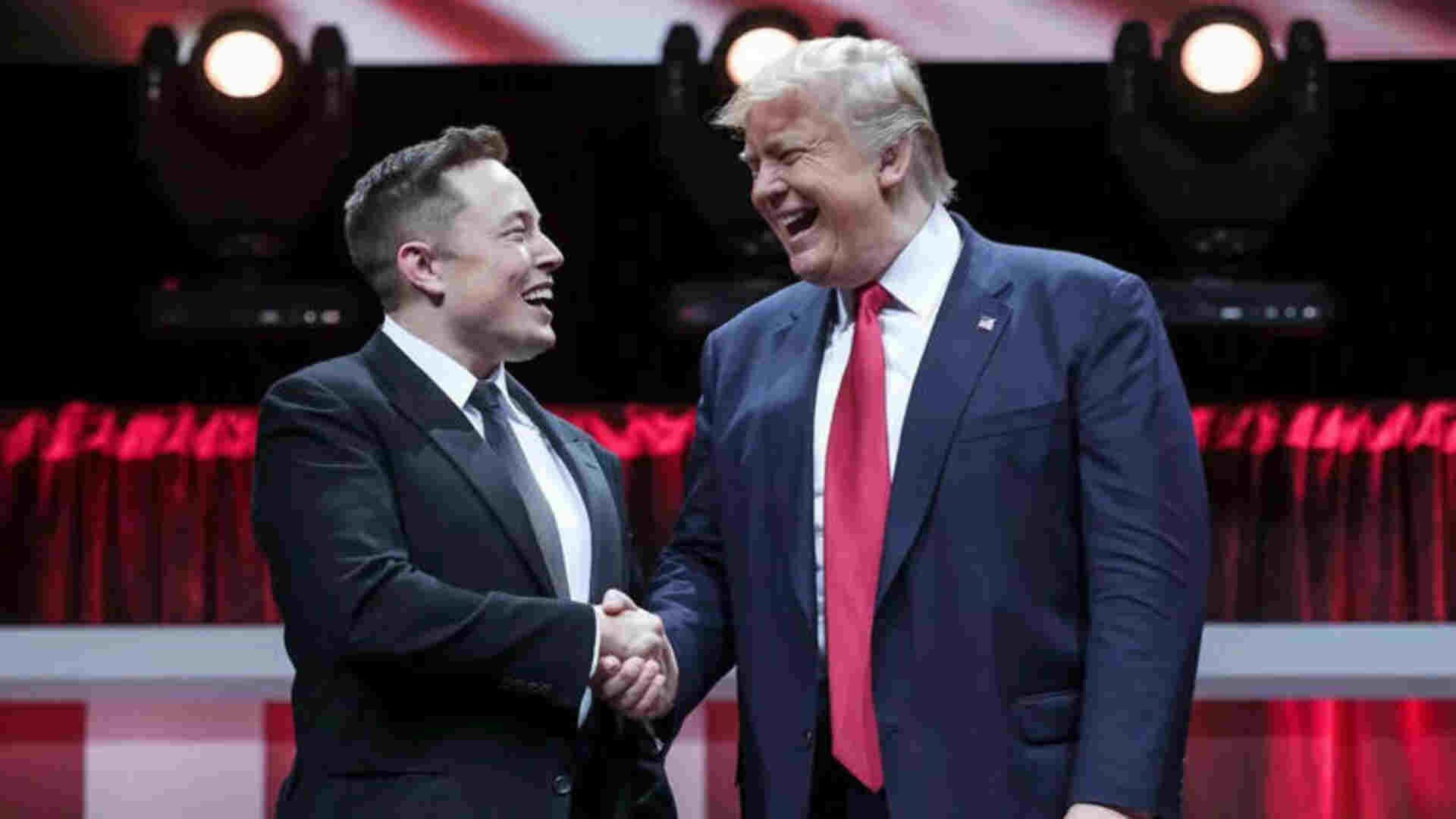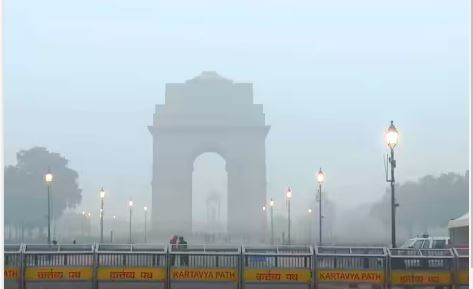
Prime Minister Narendra Modi aspires to turn India into a vishwaguru, or ‘teacher to the world’. In a little over a decade India has built a collection of public-facing digital platforms that have transformed its citizens’ lives, according to the Economist.
Once known as the ‘India Stack’, they have been rebranded ‘Digital Public Infrastructure’ (DPI) as the number and ambition of the platforms have grown. It is this DPI that India hopes to export–and in the process build its economy and influence, reports the Economist.
It said it is India’s low-cost, software-based version of China’s infrastructure-led Belt and Road Initiative. “The benefits of digital transformation should not be confined to a small part of the human race,” said PM Modi at the G20 summit in Indonesia last year.
‘DPI’ involves a triad of identity, payments and data management. It started with the aptly named Aadhaar, or ‘foundation’, a biometric digital-identity system rolled out under the former Congress-led government in 2010, which now covers nearly all of India’s 1.4 billion people.
Next came the Unified Payments Interface (UPI), which makes digital payment as easy as sending a text or scanning a QR code. Launched in 2016, the platform accounted for 73% of all non-cash retail payments in India in the year to March.
The third DPI pillar involves data management. Using their 12-digit Aadhaar number, Indians can access online documents whose authenticity is guaranteed by the government.
This system, called Digilocker, is connected to tax documents, vaccine certificates and more. To make payments, verify identity and get access to crucial documents, an Indian can rely on their phone.
For the affluent, such innovations are convenient. For millions of others, they are transformative. Vendors of everything from coconuts to jewellery can now accept digital payments. This has made their lives easier, more profitable and more secure.
The hundreds of millions in India’s welfare system receive direct benefit transfers straight to their Aadhaar-linked bank accounts, which has slashed corruption, according to the Economist.
The International Monetary Fund (IMF) thinks the government thereby saved 2.2 trillion rupees (34 billion dollars), or 1.1 per cent of GDP, between 2013 and March 2021. The system also helps disburse emergency funds, such as during the pandemic, reported the Economist.
Several other digital platforms have recently been launched or soon will be. The Open Network for Digital Commerce is a newish government-backed non-profit dedicated to helping e-commerce services work together. The idea is to help millions of small businesses connect to third-party payments and logistics providers.
According to the Economist, the digital ecosystem behind these developments is complex. Its members include government agencies, regulators, tech firms, quasi-public corporations, NGOs and universities, all building different parts of the digital edifice.
Aadhaar is run by the government; UPI is managed by a public-private venture, the National Payments Corporation of India (NPCI).
Other platforms, such as for health and sanitation management, are created by NGOs and sold to state and local governments. Many have been designed by it experts with private-sector experience.
As per the Economist report, India wants to coax other developing countries to follow its example. It views this as a way to push its claim to lead the developing world.
Partly to that end, India invited 125 such countries to a ‘Voice of the Global South Summit’ in Delhi in January.
“I firmly believe that countries of the global south have a lot to learn from each other’s development,” PM Modi told the delegates, offering DPI as an example.
Starting without legacy systems such as credit cards and desktop computers, developing countries can leapfrog the West, reported the Economist.
Further, the Economist reported that the digital prize, as India has shown, is a means to accelerate connectedness, social-service provision, growth prospects and, ultimately, the building of a state and civic identity. Significant investment is required.
But, as India’s example also suggests, it will likely be cost-effective. And it need not require the massive splurge on 4G networks that India’s biggest private company, Reliance Industries, has conducted.
India is promoting its digital offer through its year-long leadership of the G20. At the club’s meetings, delegates are hammering out a definition of DPI. India is also trying to launch a multilateral funding body to push DPI globally. It hopes to unveil both at a G20 leaders’ summit in September, marking the end of its presidency.















